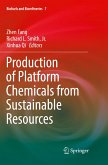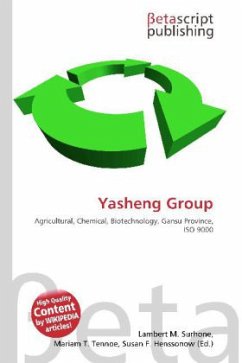High Quality Content by WIKIPEDIA articles! Yeasts can be used to produce proteins and sugars. Yeasts differ in productivity and with respect to their capabilities to secrete, to process and to modify proteins. The different 'platforms' of types of yeast make them better suited for different cooking and industrial applications. Since the onset of gene technology, a plethora of bacterial microorganisms, fungi and mammalian cells have been developed for the production of foreign proteins. These proteins are used in medicine and industry to create products such as pharmaceuticals like hepatitis B vaccines or insulin. Common organic 'platforms' for the development of medicine and products include the bacterium E. coli, and several yeasts and mammalian cells, most of them derived from Chinese hamster cells. In general a system used for production has to meet several criteria: it should be able grow rapidly in large fermenters, it should produce proteins in an efficient way, it should be safe and, in case of pharmaceuticals, it should produce and modify the products to be as similar to human as possible.
Bitte wählen Sie Ihr Anliegen aus.
Rechnungen
Retourenschein anfordern
Bestellstatus
Storno








